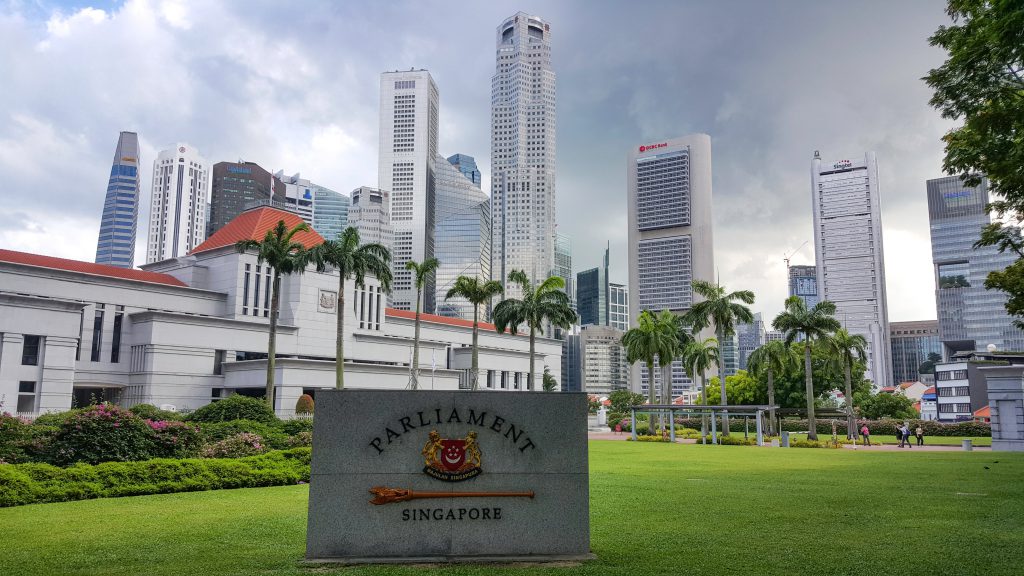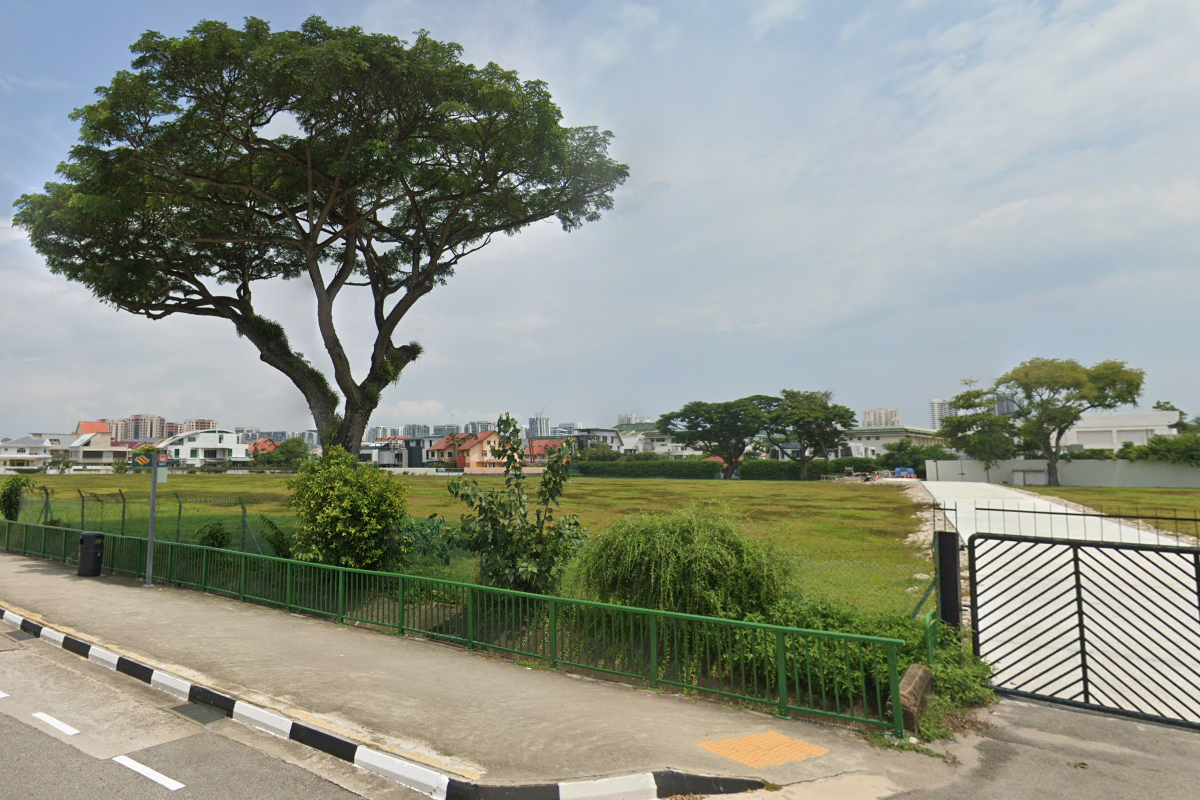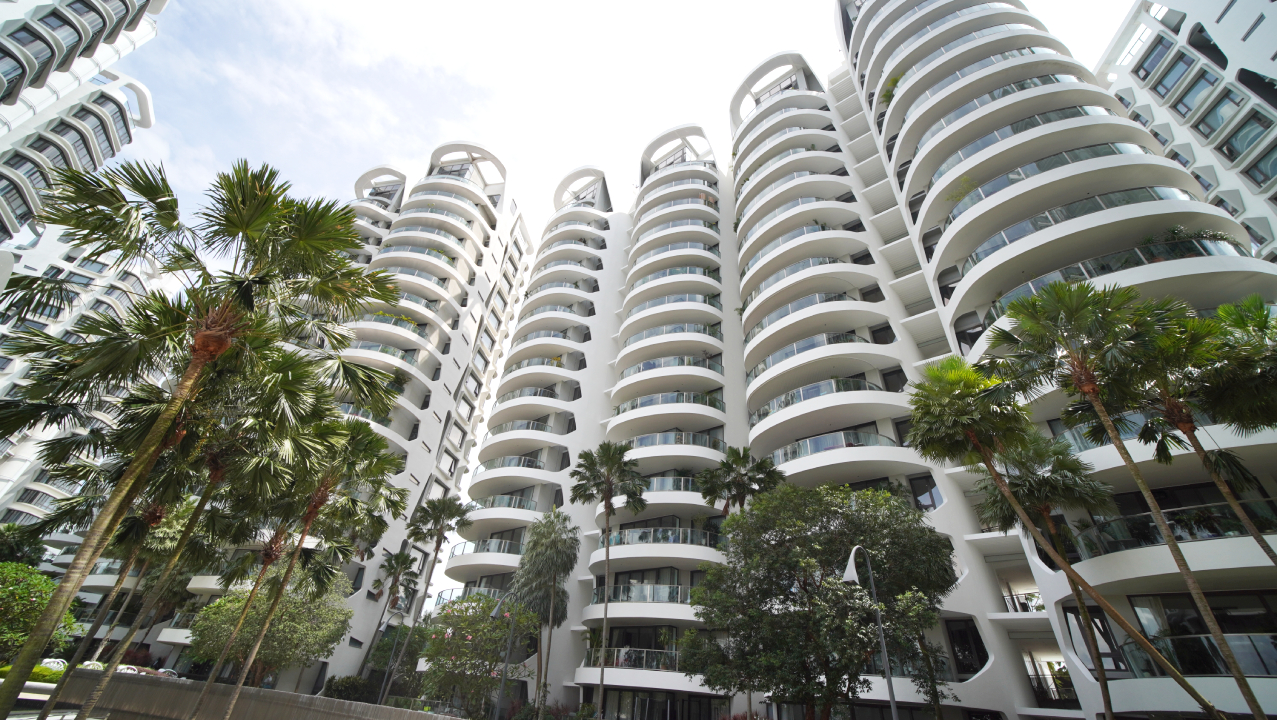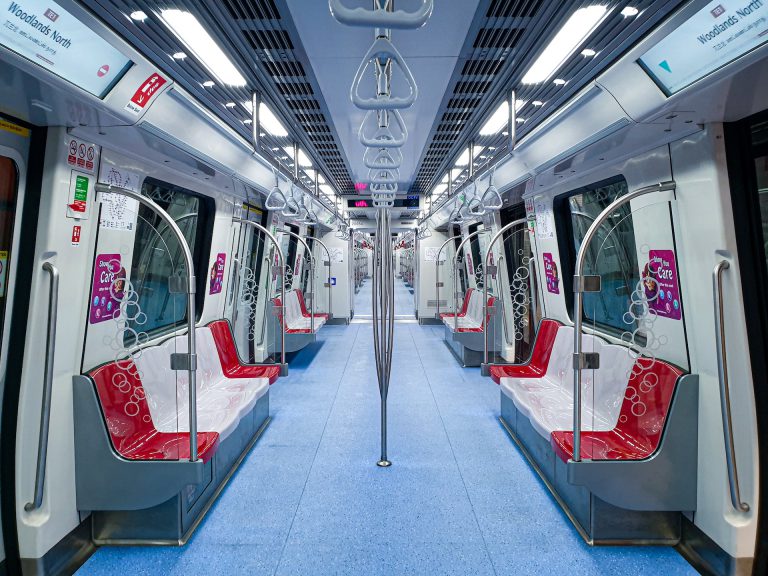Budget 2023 Housing Policies, Rising Rents, and Chinese Buyers: ERAempowers (Feb 2023)
- By Stanley Lim
- 5 mins read
- Property News
- 6 Mar 2023
By and large, February has been an eventful month for the local housing market and Singaporeans in general.
Headlining the news was an increase in rental demand, as well as the latest changes in housing policies that were announced by Deputy Prime Minister and Finance Minister Lawrence Wong during Singapore Budget 2023. Also, of note are expectations that Chinese buyers are returning to the local market.
What do these happenings bode for Singapore’s real estate scene moving forward? For answers, insights, and more, read on for a lookback at February 2023 with ERA senior management team member Eugene Lim (Key Executive Officer)!
What are your takes on the new property-related policies announced during Budget 2023?
Eugene: I think Singaporeans, especially new homeowners, will be happy about some of the new policies as they’ll end up benefitting from the changes.
During his Budget 2023 speech, Minister Lawrence Wong announced that the maximum CPF housing grant amounts would be increased for both first-timer families and singles who are buying a resale HDB flat.
With this adjustment, first-timer families can now receive up to $190,000 in CPF grants. First-timer singles, on the other hand, will get up to half the housing grants that families can receive.

Generally speaking, many first-timers will tend to favour buying a BTO flat over a resale flat due to factors like purchasing power and the lower quantum involved. So, for the man on the street, these changes will mean having a broader range of housing choices beyond BTOs.
Or in other words, with the additional support, more first-timers will have a better chance of affording a resale HDB flat. This can be advantageous for certain consumer segments, such as buyers who prefer to live in specific estates to look after their aged parents or individuals who have more urgent housing needs and are unable to bear out the waiting time of 4 to 5 years for a BTO flat.
On that note, Minister Wong also mentioned in his speech that “construction activities are back in full swing”. I believe that this too is a good sign for first-time homebuyers. A recovering construction industry is likely to translate into shorter waiting times for BTO flats as well as a bigger housing supply down the road.
Talking about Budget 2023 announcements, buyers-to-be are probably going to be concerned about the changes related to the Buyer’s Stamp Duty (BSD). Those who have been paying attention to the news are probably aware that the BSD has been raised for both residential and non-residential properties.

Before the Budget 2023 announcement, residential properties were taxed at a rate of 4% beyond $1M of their value, but that has since increased to 5% beyond $1.5M and 6% beyond $3M from 15 Feb 2023 onwards.
As for non-residential or commercial properties, the BSD rate was increased by 1 percentage point, from 3% to 4% on the value of a property above $1M and up to $1.5M. Any value exceeding the $1.5M point will be taxed at a rate of 5% from now onwards.
At first glance, these new BSD rates may come across as alarming, but when looked at in perspective, it’s unlikely that they’ll cause that much of a shift in market sentiments.
For example, if you were buying a resale HDB flat, or say, a studio apartment that’s under $1.5M, there’s no change to the amount of BSD that you’ve to pay. And even if you’ve bought a condo, if it’s not more than $2M, you’ll only have to pay $5,000 more, which is about a 0.3% increase on the property’s price.
So, will this change deter homebuyers in Singapore much? I think not, especially if they’ve a genuine need for housing or have clear intentions to invest.
Furthermore, considering that the revised BSD tax rates are scaled by property values, and also how the impact is felt more strongly at the higher tiers, one can possibly interpret this change as the Government’s effort to create a more progressive tax regime on wealth, rather than a cooling effect.
Do you have any observations to share about the current trend of rising rents in Singapore?
Eugene: One of the biggest real estate-related stories to make news since the start of this year is the trend of rising rents. Or to put it in another way, it’s undeniably a landlord’s market right now.
If we were to look at official data from HDB for Q4 2021 and Q4 2022, we’ll immediately see that median rents for 3-, 4-, and 5-room flats have risen markedly year on year in almost every town.
Median rents for 3-, 4-, and 5-room HDB flats by town (Q4 2021, Q4 2022)
| Towns | 3-room (Q4 2021) |
3-room (Q4 2022) |
4-room (Q4 2021) |
4-room (Q4 2022) |
5-room (Q4 2021) |
5-room (Q4 2022) |
| Ang Mo Kio | $1,900 | $2,300 | $2,300 | $2,900 | $2,600 | $3,150 |
| Bedok | $1,900 | $2,300 | $2,250 | $2,800 | $2,480 | $3,000 |
| Bishan | $2,100 | $2,600 | $2,400 | $3,200 | $2,650 | $3,550 |
| Bukit Batok | $1,800 | $2,200 | $2,100 | $2,650 | $2,250 | $3,200 |
| Bukit Merah | $2,000 | $2,600 | $2,670 | $3,500 | $3,000 | $3,800 |
| Bukit Panjang | $1,600 | $2,700 | $2,000 | $2,850 | $2,200 | $3,000 |
| Central | $2,300 | $2,800 | $2,800 | $3,850 | * | * |
| Choa Chu Kang | * | $2,800 | $2,000 | $2,800 | $2,100 | $3,000 |
| Clementi | $2,000 | $2,500 | $2,550 | $3,200 | $2,600 | $3,400 |
| Geylang | $1,900 | $2,350 | $2,400 | $3,000 | $2,600 | * |
| Hougang | $1,800 | $2,300 | $2,150 | $2,750 | $2,250 | $2,700 |
| Jurong East | $1,800 | $2,500 | $2,200 | $2,900 | $2,400 | $3,100 |
| Jurong West | $1,800 | $2,200 | $2,200 | $2,900 | $2,300 | $3,030 |
| Kallang/ Whampoa | $2,000 | $2,450 | $2,550 | $3,100 | $2,800 | $3,700 |
| Marine Parade | $2,000 | $2,400 | $2,480 | $3,350 | * | * |
| Pasir Ris | * | * | $2,100 | $2,700 | $2,200 | $3,000 |
| Punggol | * | $2,850 | $2,100 | $3,000 | $2,100 | $3,100 |
| Queenstown | $2,100 | $2,730 | $2,730 | $3,600 | $3,000 | $4,200 |
| Sembawang | * | * | $2,000 | $3,000 | $2,050 | $2,870 |
| Sengkang | $1,830 | $2,550 | $2,100 | $3,000 | $2,200 | $3,100 |
| Serangoon | $1,900 | $2,500 | $2,300 | $3,200 | $2,500 | $2,800 |
| Tampines | $1,850 | $2,500 | $2,200 | $2,800 | $2,400 | $3,200 |
| Toa Payoh | $2,000 | $2,400 | $2,500 | $3,450 | $2,600 | $3,200 |
| Woodlands | $1,800 | $2,200 | $2,000 | $2,650 | $2,100 | $3,100 |
| Yishun | $1,800 | $2,400 | $2,000 | $2,800 | $2,200 | $3,150 |
Source: HDB
(* denotes cases where the median rent isn’t shown due to undersized populations i.e. <20 transactions.)
In some parts of Singapore, such as the Central area, the year-on-year increase in median rent for 4-room flats was as much as $1,050 or 37.5%.
Outside of the Core Central Region, median HDB rents have grown significantly in neighbourhoods such as Bedok and Tampines. For instance, based on official HDB figures for Q4 2021 and Q4 2022, median rents for 4-room flats in Bedok and Tampines had risen by 24.4% ($2,250 to $2,800) and 27.3% ($2,200 to $2,800) respectively.
Median rents ($PSF) for non-landed private residential properties, excluding ECs (Jan 2022 to Jan 2023

Source: URA
Likewise, between January 2022 to the start of 2023, a similar trend of rent growth was observed for private residential properties in Singapore.
Nationwide data from the Urban Redevelopment Authority (URA) reflect a year-on-year hike in median PSF rental cost from $3.72 PSF to $4.90 PSF, which translates into a 31.7% increase.
The present market appetite for rentals is the result of various factors; these range from the cumulative knock-on effect of COVID-19 construction delays to last year’s cooling measures, which brought about increased rental demand because of the 15-month wait out period imposed on private property downgraders. But in the end, it all comes down to supply and demand.
The public housing market will see over 20,000 HDB flats being completed in 2023 – the highest number in the past 5 years. Where the private residential market is concerned, there’ll also likely be an increase in supply in 2023 as URA estimates that 17,394 units will be completed this year. Thus, is there a chance that pressure on the rental market will ease? It’s possible.
With more Chinese property buyers returning to Singapore, what can we expect?
Eugene: It’s no secret that the Chinese are one of the largest, if not the biggest, group of foreigners buying real estate in Singapore. This popularity can be largely attributed to Singapore’s reputation as a “safe harbour” for wealthy mainlanders as well as their money.
Although there was a drop in the number of Chinese buyers at the beginning of the COVID-19 pandemic, Singapore’s property market has since felt their return. As it stands, the number of transactions made by Chinese buyers last year exceeds that of pre-pandemic levels.

Source: URA, ERA Research and Market Intelligence
In 2022 alone, Chinese mainlanders bought 1,479 residential properties, more than 2019 and 2020, which saw 1,248 and 1,150 transactions respectively. It’s possible that we could see higher, or at the minimum, similar transaction numbers in 2023 as COVID-19 travel restrictions are loosened domestically and in China.

Source: URA, ERA Research and Market Intelligence
With a new wave of Chinese buyers entering Singapore’s property market this year, what we might also see is an uptick in buyer activity in the Outside Central Region (OCR) and Rest of Central Region (RCR).
That may be the case given that in 2022, Chinese buyers made more property purchases in the OCR and RCR compared to the Core Central Region (CCR) where the majority of premium properties are located.
Hence, given the current state of population movements and purchase patterns of Chinese buyers, it would be wise for property investors and realtors to keep a watch on new launches occurring in the OCR and RCR, especially if they wish to capitalise on potential future trends.
Disclaimer
This information is provided solely on a goodwill basis and does not relieve parties of their responsibility to verify the information from the relevant sources and/or seek appropriate advice from relevant professionals such as valuers, financial advisers, bankers and lawyers. For avoidance of doubt, ERA Realty Network and its salesperson accepts no responsibility for the accuracy, reliability and/or completeness of the information provided. Copyright in this publication is owned by ERA and this publication may not be reproduced or transmitted in any form or by any means, in whole or in part, without prior written approval.





